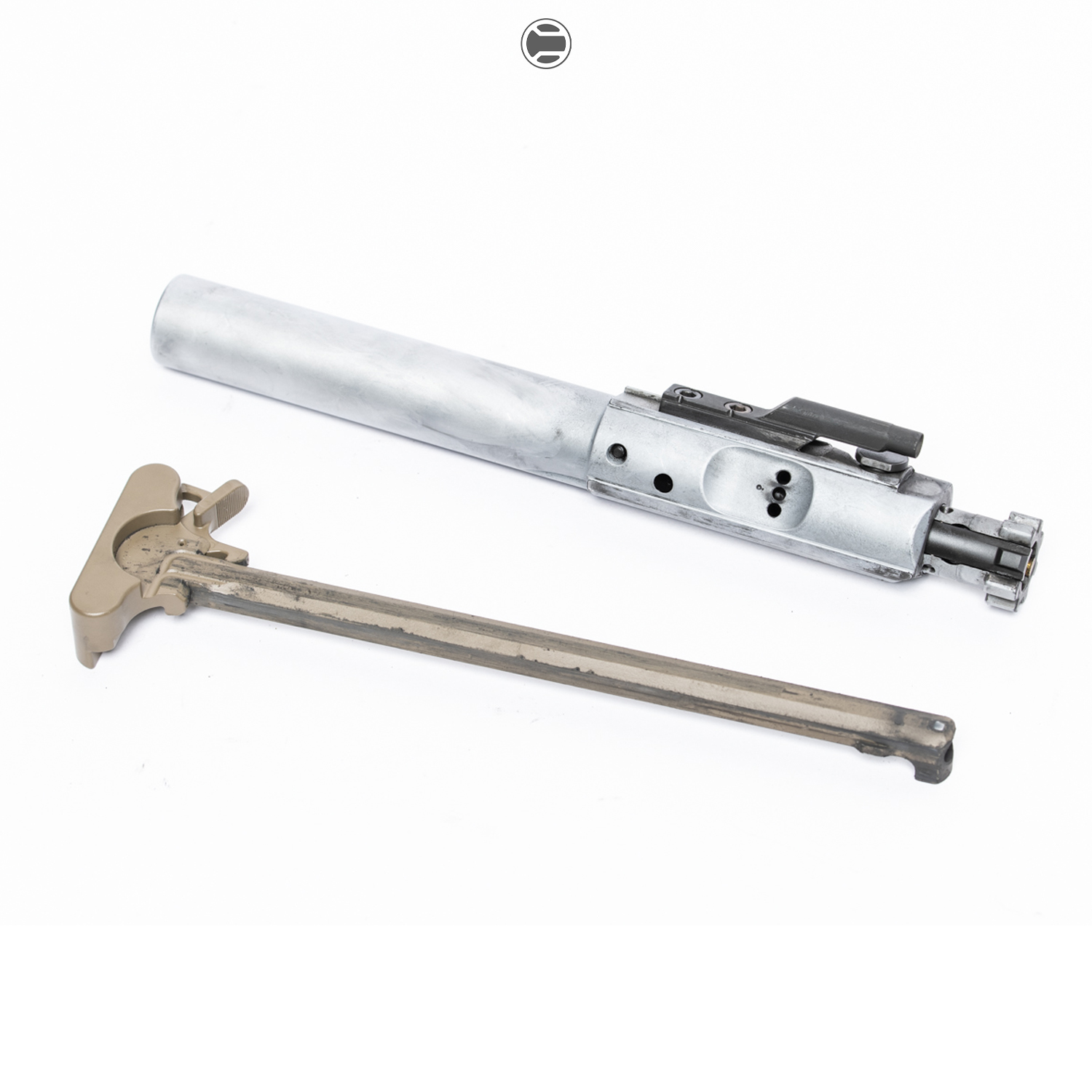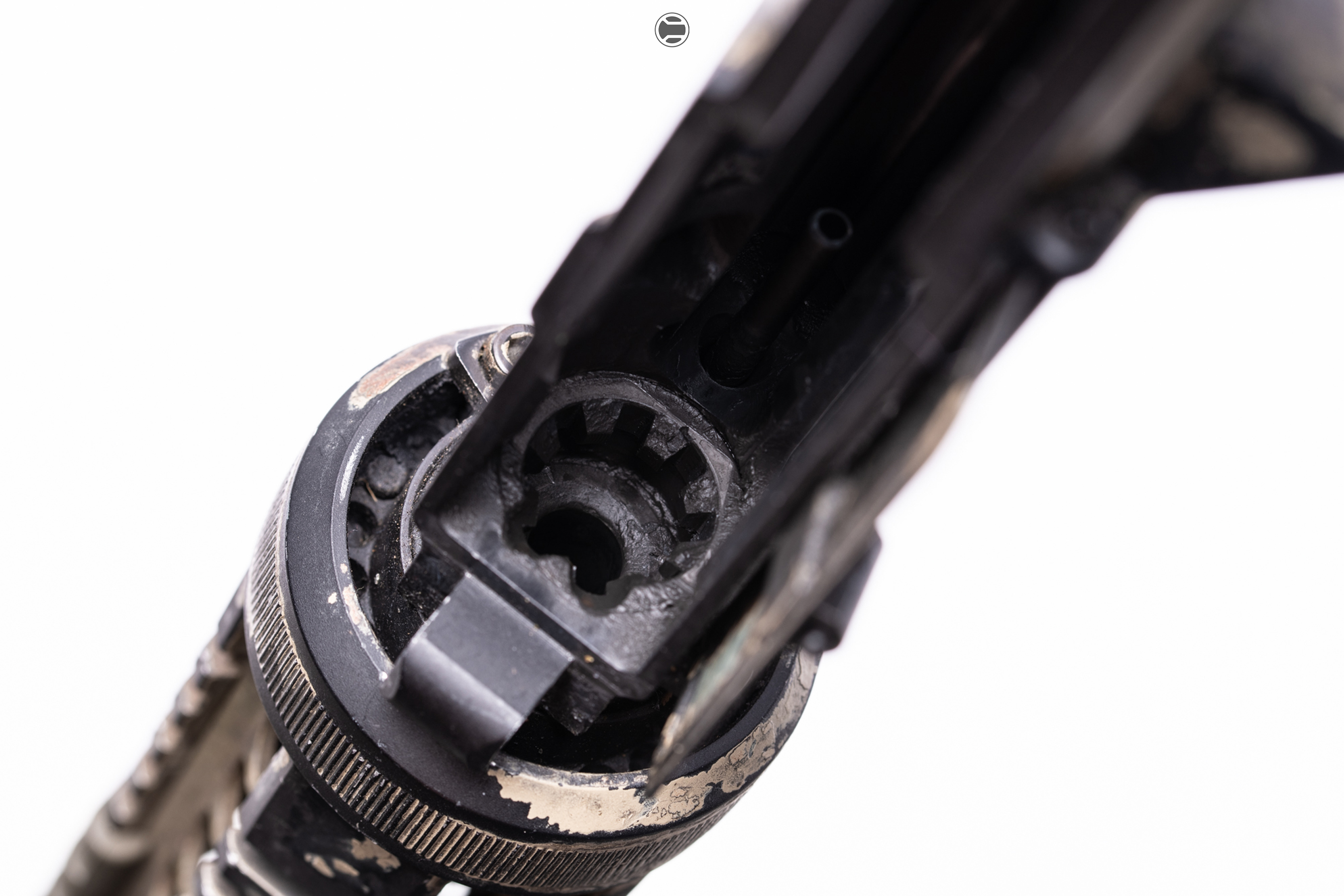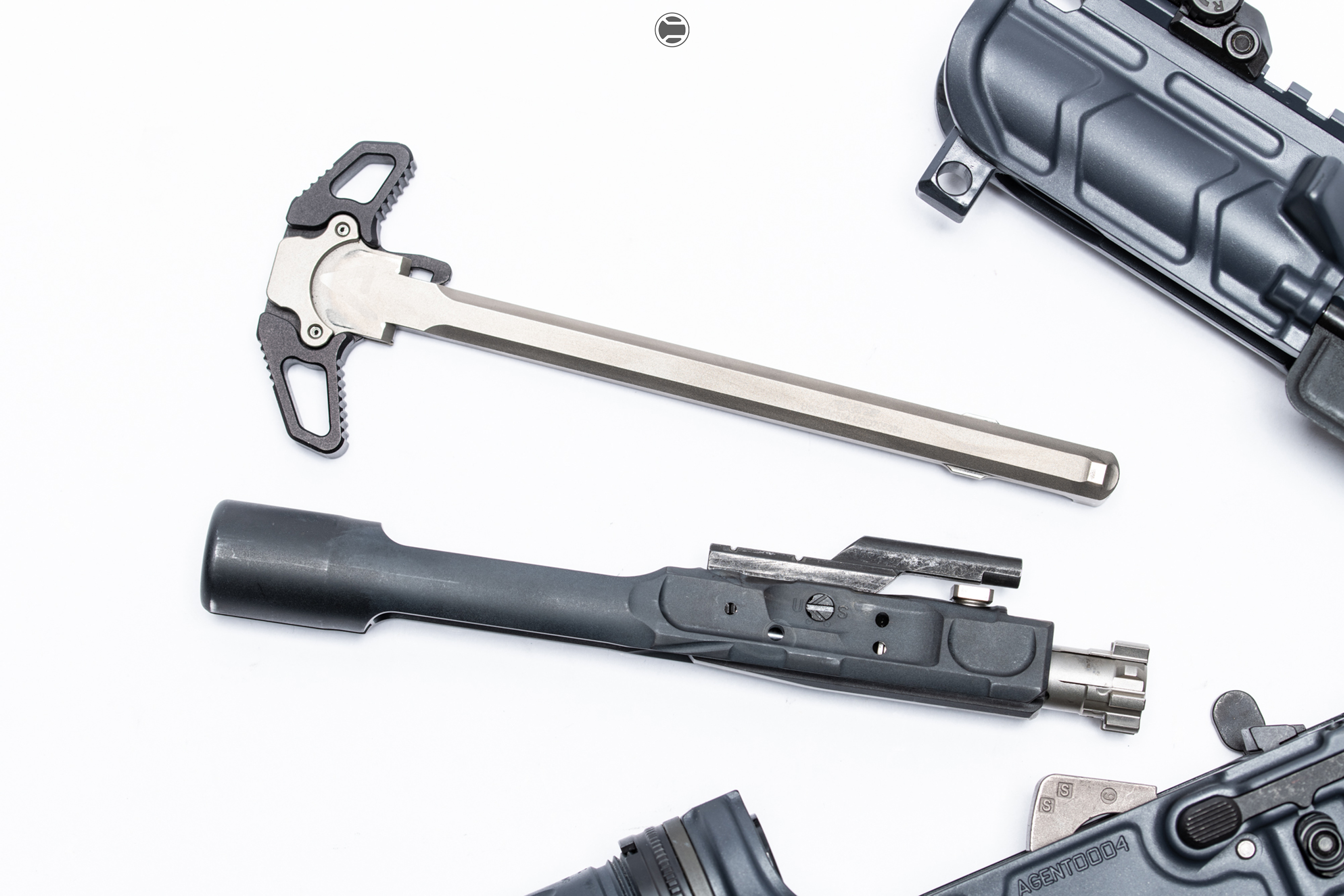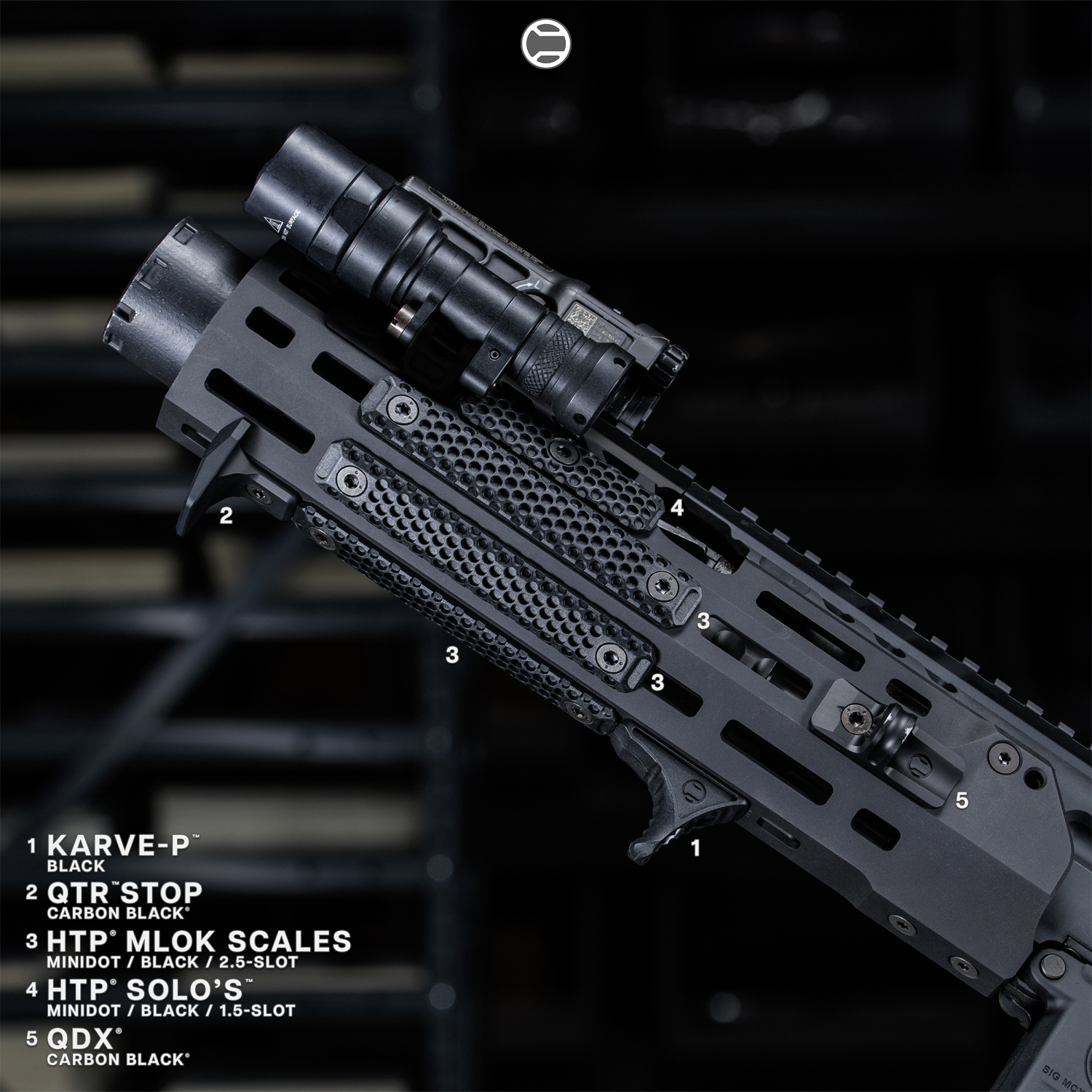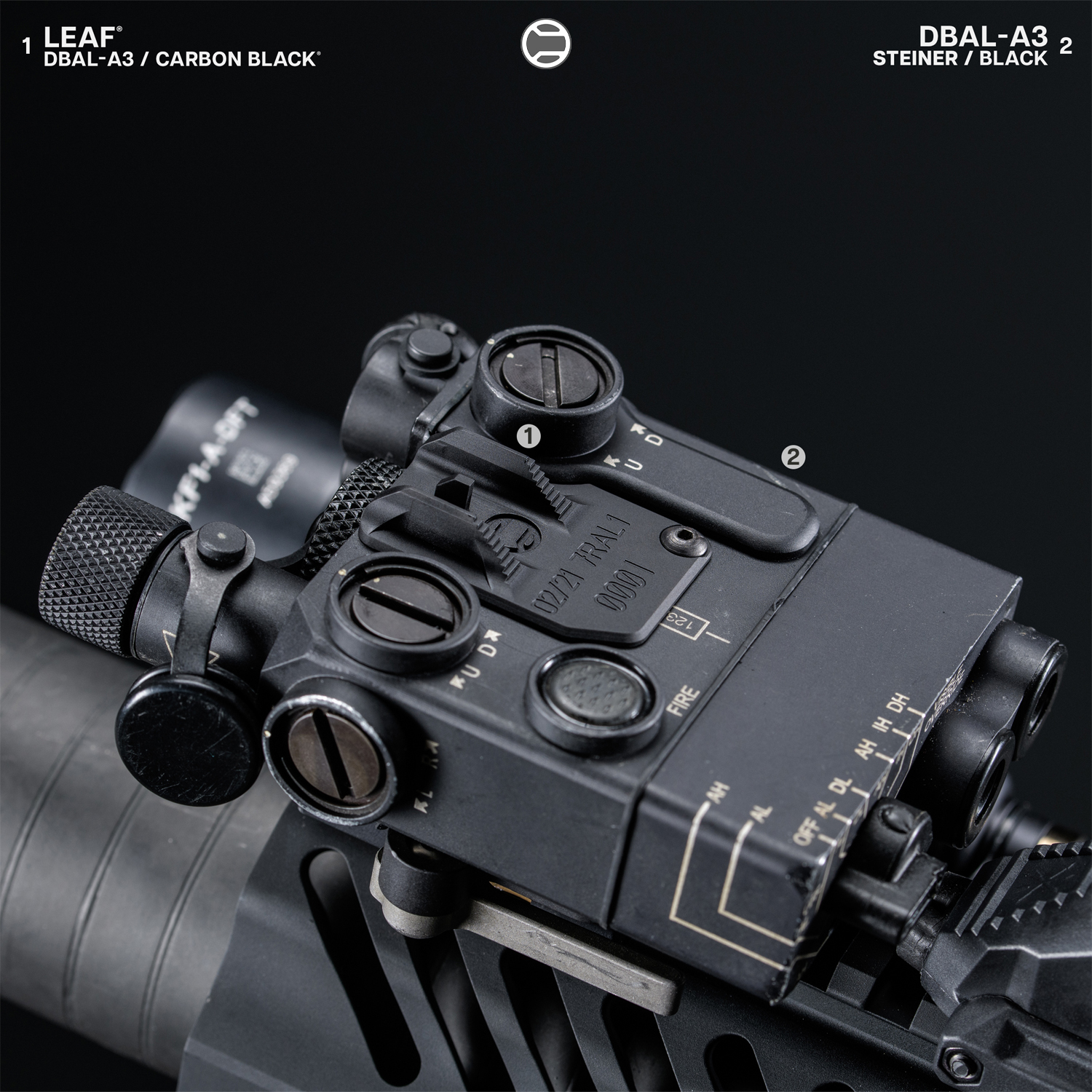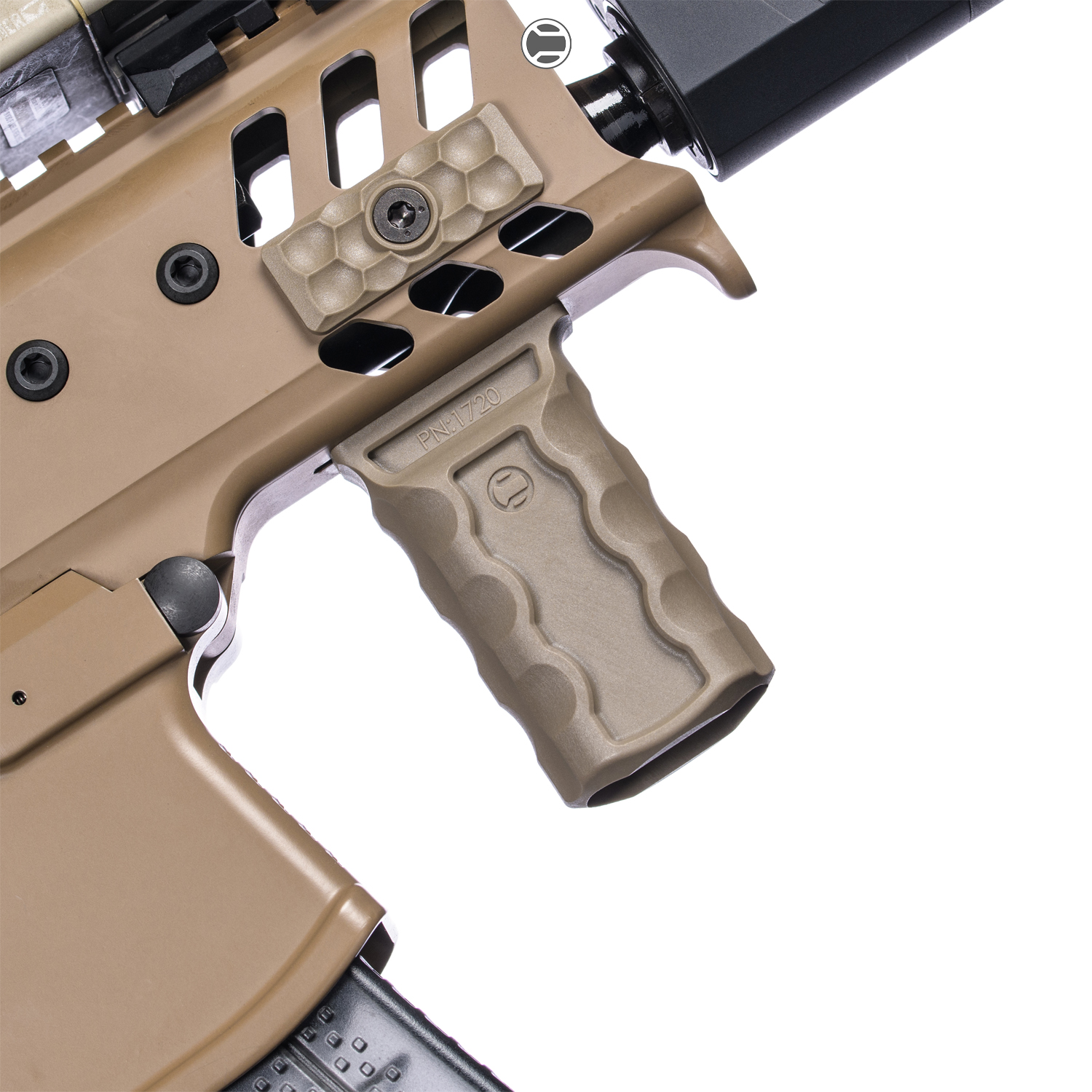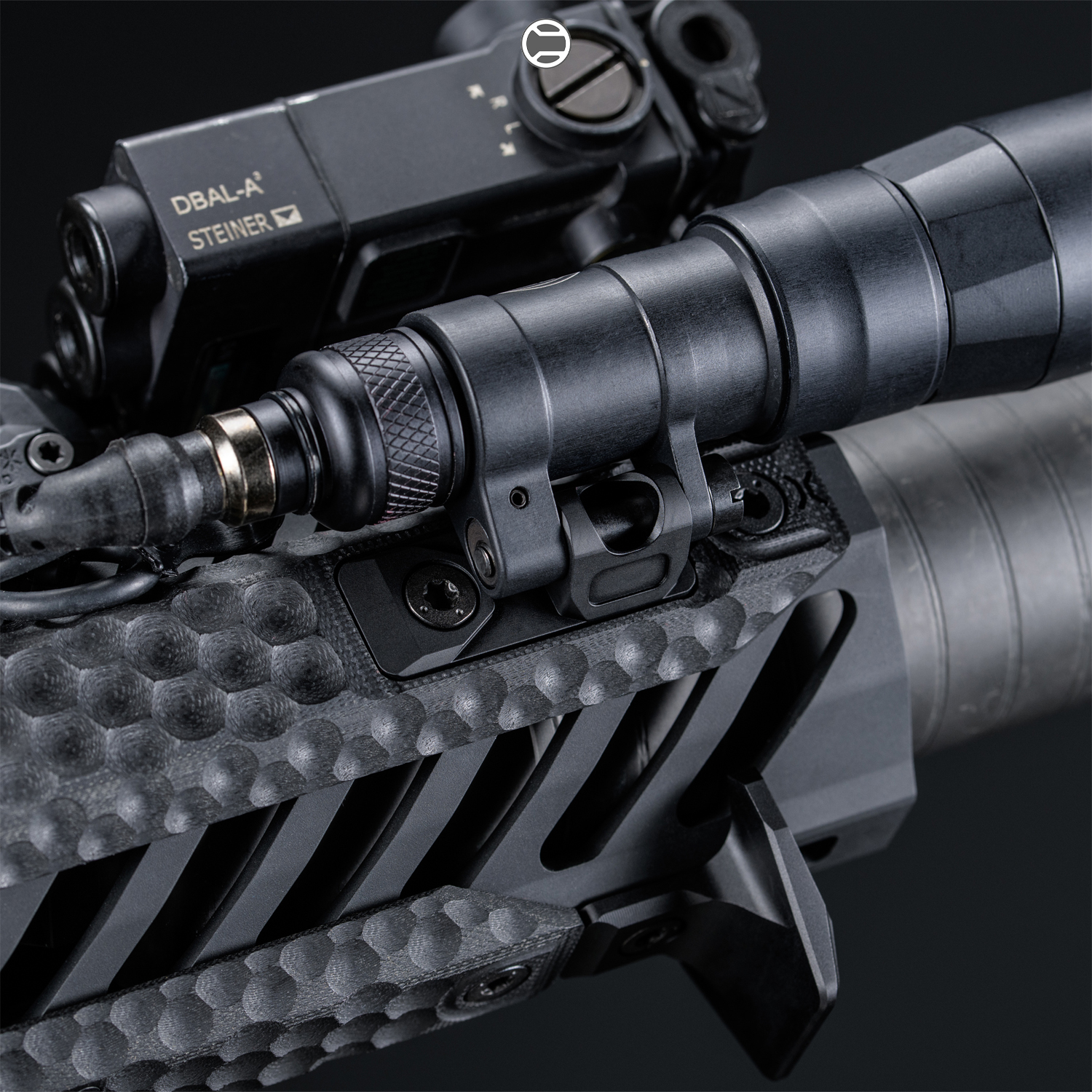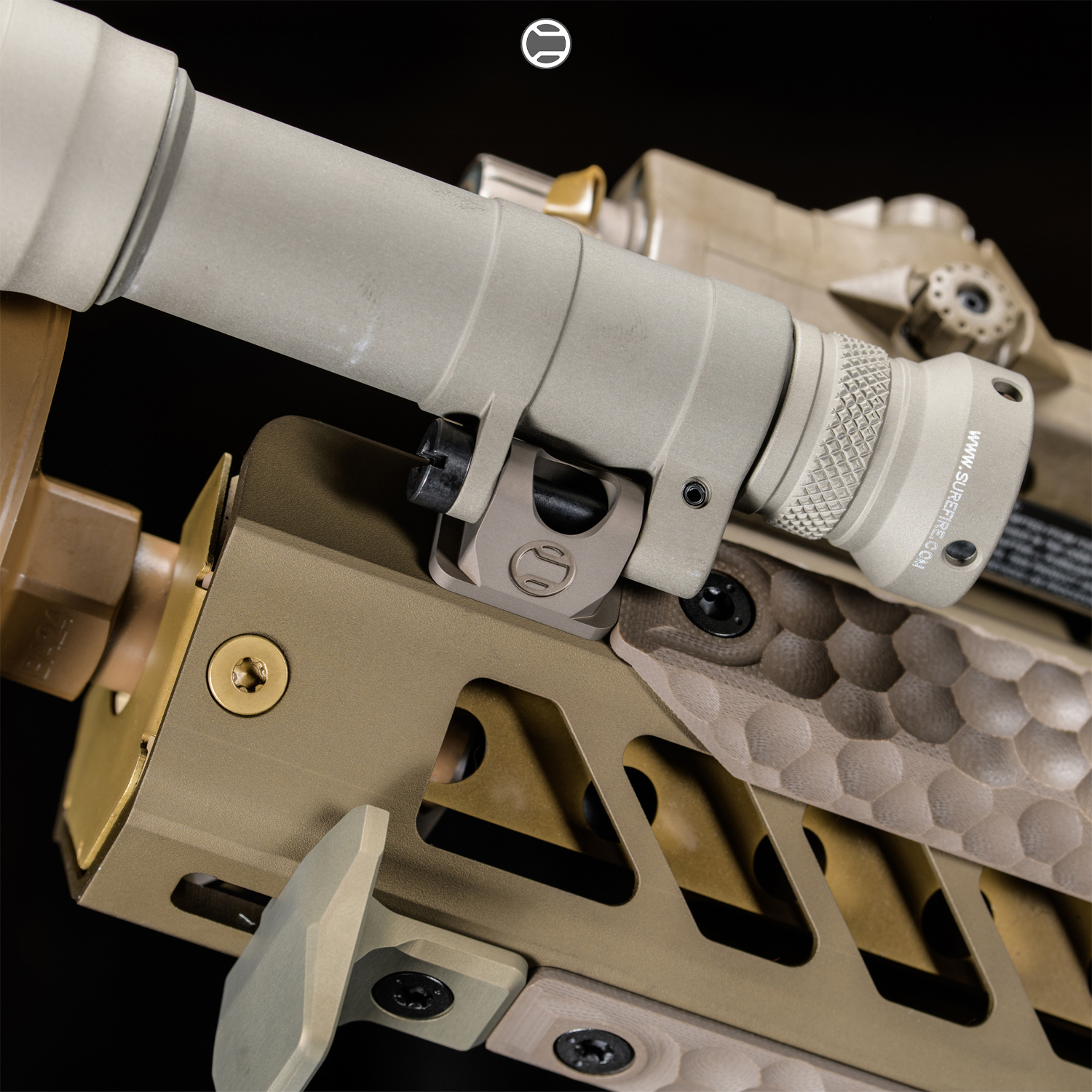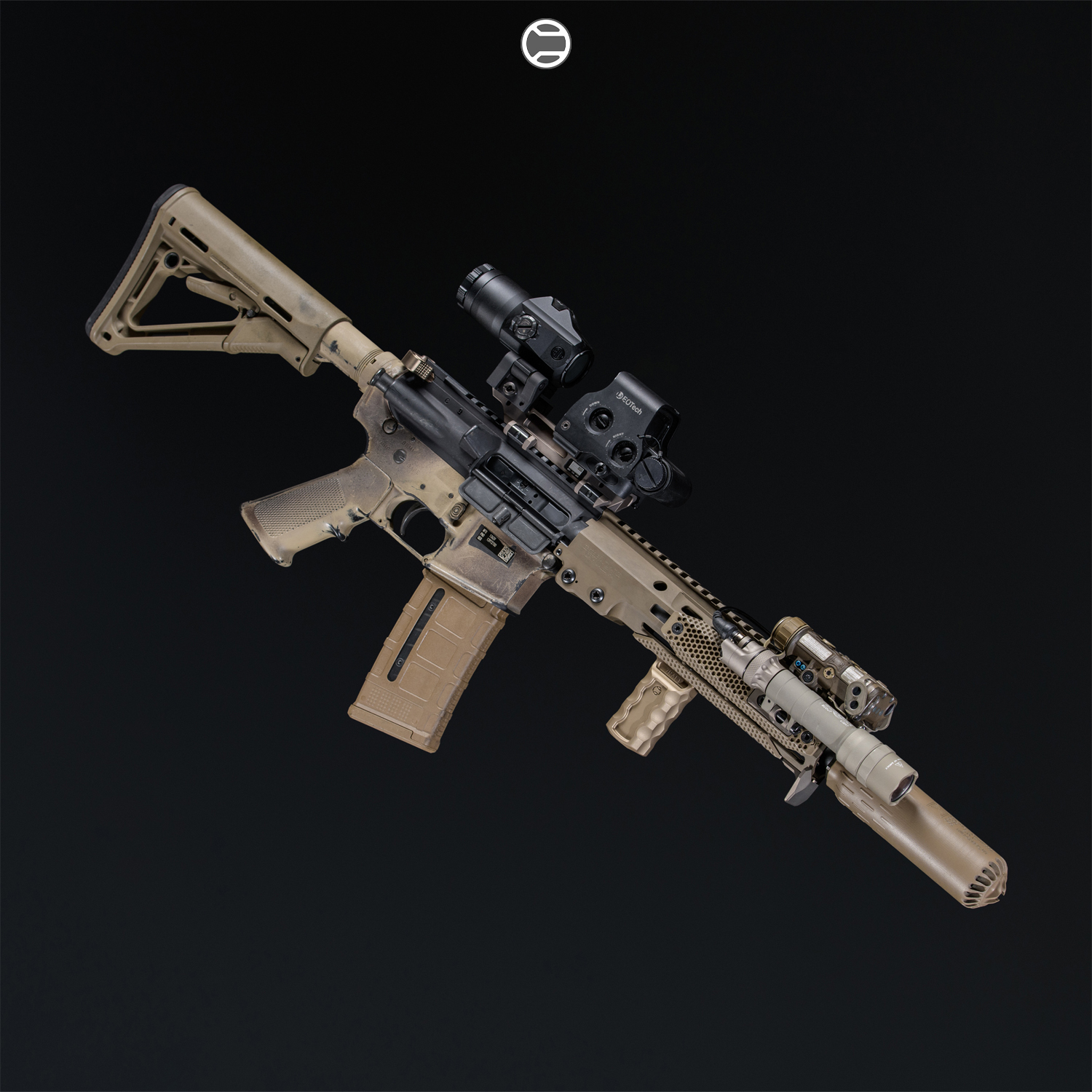AR-15 Misfire Troubleshooting - Disassembly to Find the Solution
Misfires can be incredibly frustrating, especially when your AR-15 fails to fire after assembly or adding new attachments. For a new shooter with limited experience, this can be intimidating and confusing. Fortunately, troubleshooting misfires can often be resolved with a systematic approach to identify and address the underlying issues. Learn more from RailScales on all things AR-15s now!
Common Reasons for an AR-15 Misfire
Understanding the common causes of an AR-15 misfire can help in efficiently troubleshooting and restoring functionality. Here are a few typical reasons:
1. Poor Assembly
- Misalignments or improper assembly, particularly in the bolt carrier group (BCG) or lower receiver, can lead to misfires. A small mistake like an improperly seated firing pin or loose bolt can prevent the rifle from cycling properly.
2. Faulty Firing Pin or Worn Parts
- Over time, firing pins and springs wear out, leading to light primer strikes or failure to fire. Regular maintenance and replacing worn-out parts are essential for ensuring consistent performance.
3. Dirty Chamber or BCG
- Carbon buildup and debris can block or obstruct parts within the chamber or bolt carrier group, causing the AR-15 to jam or misfire. Regular cleaning is essential to maintain performance.
4. Magazine Issues
- Faulty or incompatible magazines can prevent rounds from being chambered correctly. Make sure your magazine is properly seated and fits the receiver correctly.
5. Ammunition Issues
- Poor-quality or incompatible ammunition can lead to frequent misfires. Ensure you’re using the correct caliber and quality ammunition that’s compatible with your AR-15.
6. Environmental Factors
- Extreme cold, dirt, or moisture can cause parts to freeze, corrode, or malfunction, particularly if the AR is exposed to the elements over time.
Why Misfire Issues Can Be Critical
In critical situations, such as self-defense or hunting, a misfire could be detrimental. Ensuring your AR-15 functions reliably is essential for safety, performance, and preparedness. Regular testing and range practice can help prevent these issues from arising during critical moments.
How to Disassemble an AR-15 with Attachments for Troubleshooting
For a new shooter or an AR-15 owner with limited knowledge, following a step-by-step guide on disassembly and troubleshooting can be very helpful.
1. Safety First
- Ensure your AR-15 is unloaded, with the magazine removed and the chamber empty.
- Point the rifle in a safe direction and engage the safety.
2. Remove Attachments
- Detach any accessories like optics, lights, or foregrips that could obstruct disassembly.
- This makes it easier to access internal components and identify potential issues.
3. Field Strip the Rifle
- Separate the upper and lower receivers.
- Remove the bolt carrier group and charging handle from the upper receiver.
- Take out the firing pin, cam pin, and bolt from the bolt carrier group.
4. Inspect Key Components
- Check the firing pin for wear or damage, and ensure it moves freely.
- Examine the bolt, particularly the extractor and gas rings, for any wear or missing parts.
- Inspect the buffer tube and spring for wear or misalignment.
5. Reassemble Carefully
- Reassemble the parts, ensuring everything is properly aligned and seated.
- Test the components to ensure smooth movement and functionality before reattaching any accessories.
6. Test Firing
- After reassembly, take the AR-15 to the range and test fire to ensure the issue is resolved.
- Check each shot for consistency and functionality.
Alternative Solutions if Errors Persist
If disassembly and basic troubleshooting don’t resolve the misfire issue, here are a few additional steps to consider:
1. Replace Worn Parts
- Worn parts, especially in the firing mechanism, should be replaced with quality components.
2. Consult a Gunsmith
- For persistent issues, consult a professional gunsmith who can diagnose and repair internal problems.
3. Consider Upgrading to Quality Attachments
- Low-quality parts or accessories can sometimes cause alignment or function issues. Upgrading to quality parts from reputable brands can improve reliability.
Quality AR Attachments That Help Minimize Misfire Issues
Using high-quality attachments and components can significantly reduce misfire issues. RailScales offers a range of AR-15 accessories designed for reliability and performance, ensuring better consistency in functionality.
HTP® RailScales
These high-temp polymer scales provide excellent heat resistance, durability, and grip, helping to stabilize handling during firing and improve reliability.
Karve® Handstop
This lightweight and durable handstop improves handling and prevents the shooter’s hand from slipping, offering greater control and stability for consistent firing.
LEAF® Fixed Sights
A reliable sighting system like LEAF® Fixed Sights ensures accuracy without interfering with the operation of other components on your AR-15.
RSBM-P Polymer Stubby Forward Grip
Ideal for short setups, this Stubby forward grip offers excellent control and stability, especially in high-mobility situations where quick and reliable firing is necessary.
Scout Pro Hardtop™ and Halftop™ Mounts
Compatible with SureFire Pro lights, these hardtop mounts add tactical lighting while ensuring minimal interference with the AR-15’s operation, thanks to their precision fit and design.
Frequently Asked Questions (FAQ)
1. What is the most common cause of an AR-15 misfire?
- Common causes include dirty or obstructed components, faulty firing pins, and poor-quality ammunition. Regular maintenance and using quality parts help reduce misfire issues.
2. How often should I clean my AR-15 to prevent misfires?
- For regular use, it’s recommended to clean your AR-15 after every range session. Frequent cleaning helps prevent carbon buildup and ensures reliable performance.
3. Can low-quality attachments cause my AR-15 to misfire?
- Yes, poor-quality attachments can interfere with function, alignment, and recoil management. Using high-quality parts like RailScales AR attachments can improve reliability.
4. What should I do if I can't find the issue after disassembly?
- If troubleshooting doesn’t identify the problem, consider replacing suspect parts or consulting a gunsmith for further inspection and repair.
5. Is disassembling my AR-15 safe for a beginner?
- Yes, field stripping is relatively straightforward. However, always ensure the rifle is unloaded and follow proper safety steps. Consult a professional if unsure.
6. How can I prevent AR-15 misfire issues in the future?
- Regular cleaning, using quality ammunition, and periodically inspecting and replacing worn components are essential practices for preventing misfires.
7. What RailScales products can help improve my AR-15’s reliability?
- Products like HTP® RailScales, Karve® Handstop, LEAF® Fixed Sights, RSBM-P Forward Grip, and Scout Pro Mounts add stability, durability, and control, enhancing the overall reliability of your AR-15.


